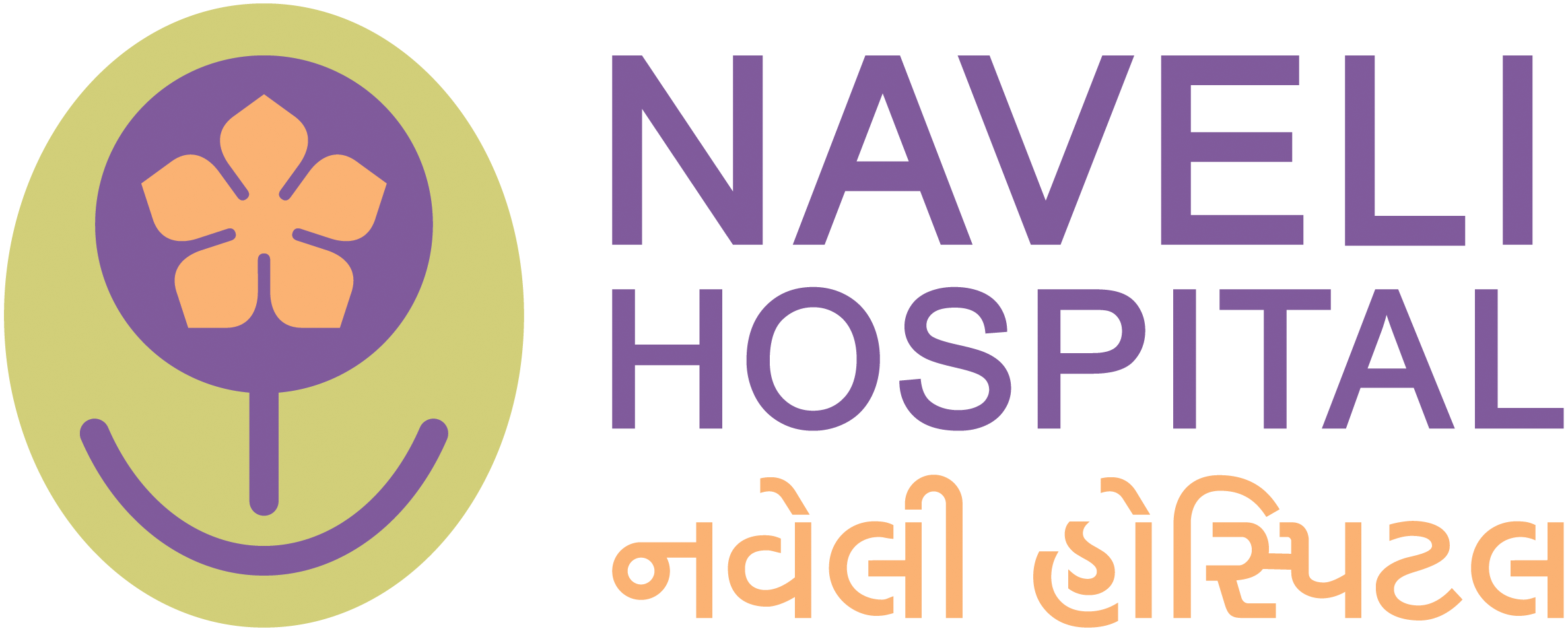Spine Injury
When back pain won’t go away, your doctor will consider all the treatments that could help you, from exercise and physical therapy to medication. Part of that may include injections to ease your back pain and inflammation. These shots usually consist of a steroid and a numbing medicine.
Back injections may help treat two major back pain problems:
- Inflammation or damage to a nerve, usually in the neck or the low back. Doctors call this “radiculopathy.” The problem originates where the nerve exits the spine. With radiculopathy, sharp pain shoots from the lower back down into one or both legs, or from the neck into the arm. A herniated disk can cause radiculopathy.
- Spinal stenosis, which means that the spine has narrowed. This can happen because a herniated disk is pressing on the spine, or because a bone spur is jutting into that space, or, less commonly, if a tumour presses on the spine. Spinal stenosis compresses the nerves inside. This usually causes pain in the buttock or leg. You may or may not also have back pain. The pain from spinal stenosis may get worse when you’re active, and ease up when you lean forward.
Doctors also use injections for other types of back pain. Sometimes, they also use them to help find out what's causing the pain.
Endoscopic discectomy:
Endoscopic discectomy, a common type of endoscopic spinal surgery, is a minimally invasive surgical procedure used to remove herniated disc material that is causing pain in the lower back and legs (lumbar), mid back (thoracic), or neck and arms (cervical).
Endoscopic discectomy is the least invasive and most effective surgical technique for treating spinal disc herniation patients. With endoscopic spine surgery, surgeons do not need to remove bones and muscles in order to remove herniated discs. Surgeons can see the spine with a camera, smaller than a smartphone camera, through a small surgical port (tube). Large incisions are avoided. The procedure does not traumatize your spine like traditional spine surgeries do. The whole procedure for a disc herniation takes about 30 minutes. The patient goes home in 2-3 hours when the surgery is done.
Microdiscectomy :
Typically performed for a herniated disc, a microdiscectomy relieves the pressure on a spinal nerve root by removing the material causing the pain.
During the procedure, a small part of the bone over the nerve root and/or disc material under the nerve root is taken out.
A microdiscectomy is performed through a small incision in the midline of the low back.
First, the back muscles, called erector spinae, are lifted off the bony arch, called the lamina, of the spine. Since these back muscles run vertically, they can be moved out of the way rather than cut.
The surgeon is then able to enter the spine by removing a membrane over the nerve roots. This membrane is called the ligamentum flavum.
Often, a small portion of the inside facet joint is removed both to facilitate access to the nerve root and to relieve pressure over the nerve.
The nerve root is then gently moved to the side and the disc material is removed from under the nerve root. Only the herniated portion of the disc is removed; the healthy portion of the disc is left intact.
After the piece of the disc that is irritating or inflaming the nerve root has been removed, the pressure is off the nerve immediately and it has room to heal.
A herniated disc pressing on a nerve root can cause severe leg pain. While it may take weeks or months for the nerve root to fully heal and any numbness or weakness to get better, patients normally feel relief from the leg pain almost immediately after a microdiscectomy.
Open Spine Surgery :
Back surgery is performed in an open procedure in which the surgeon must get to the spine through an opening made by a large incision in the back or abdomen.
During standard open spine surgery, the surgeon creates a large incision (usually about six inches long) in the back and dissects the spinal muscles to pull them away from the bone in a process called retraction. Once they visualise the bones of the spine, they will begin the necessary spinal procedure. Certain open spine surgeries require the surgeon to go in from the front through a large abdominal incision. According to the American Aca Open surgery requires:
-
Anaesthesia
-
Large incisions
-
Muscle retraction
-
Long surgery times
-
Hospitalisation
-
Long recovery times
